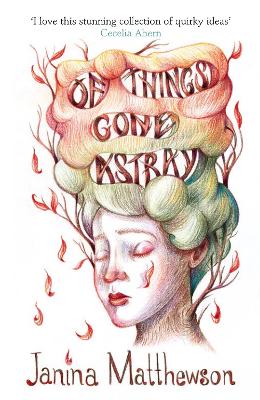Reviewed by Leah on
Wendy, Mrs Featherby, has lost the front wall of her house; Marcus has lost his piano keys; Delia has lost her sense of direction; and Robert, Robert has lost his work. Not his job. His place of work has vanished and the street closed up around it as completely as 12 Grimmauld Place – but no-one except he and his family is surprised by this, and there doesn’t seem to be a way to make it re-appear.
It is a fable of course. All these implausibly lost senses or objects are symbols of more important losses or things people need to let go and, although this may not be the subtlest of allegories, it works. It works because the responses of the bereft vary and those around are just puzzled (that’s odd, what can we do about it?) rather than completely accepting (and?) or amazed (OMG! How did that happen? That’s completely impossible!). Similarly, the choices made sometimes lead people to new lives (or back to their old ones) while others cannot move on – literally so in the case of constant Cassie, the subject of the wonderful cover art.
But the author is not didactic or preachy, she simply shows the effects of loss and change by describing how people react with sympathy and gentle humour. The circumstances may be exaggerated, but the characters and their relationships are acutely observed and very real. The children, Jake and little girl Bonnie, are particularly sharply drawn – their innocent cleverness never crosses the line to unbelievable or twee. Even minor characters, like Jasper who comes to know both Marcus and Cassie, make sense – they aren’t parachuted into the plot for the sake of making a particular observation, and have their own existence.
If there is a ‘moral’, a point to the whole thing, it is to show how important other people are in helping us deal with loss and grief, in preventing one tragedy leading to another. To that end, the key story is that of Jake and the father who is slipping away from him. Of course I’m not going to say what happens in the end, but it builds powerfully and there is a resolution for them even if, for some of the others, there is a satisfying uncertainty about where they will go next.
If you like your fiction grounded in reality, if you like linear narratives and all your text fully justified then this is not the book for you. But if you want to be gently nudged into observing the world a little more closely, smile in recognition and perhaps have a little weep at things going right as well as wrong, then I suggest you get hold of a copy.
Reviewed by CatherineThis review was originally posted on Girls Love To Read
Reading updates
- Started reading
- Finished reading
- 1 September, 2014: Reviewed
